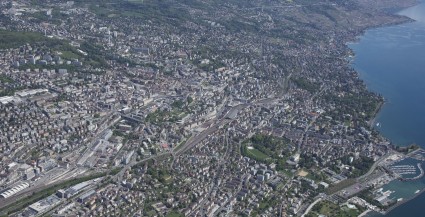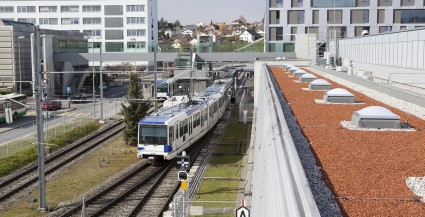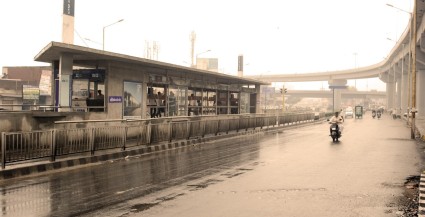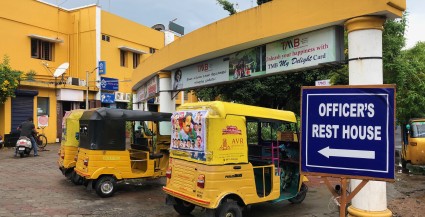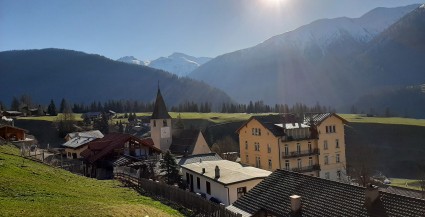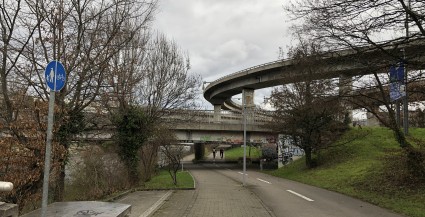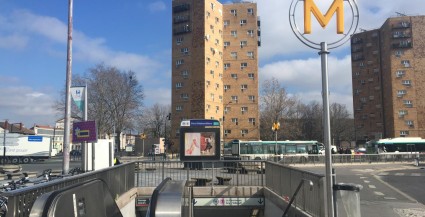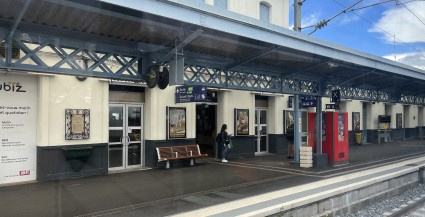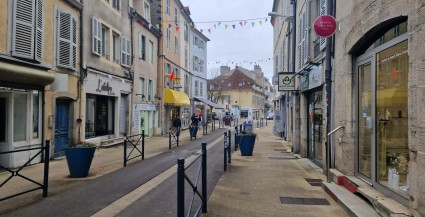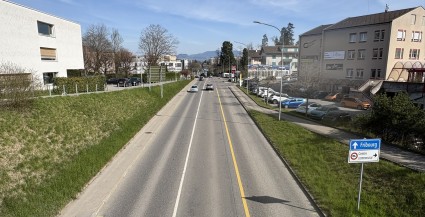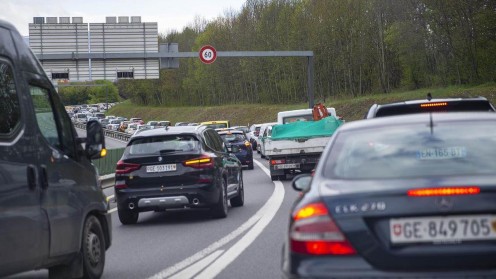Vevey – Révision du Plan directeur communal (PDCom)
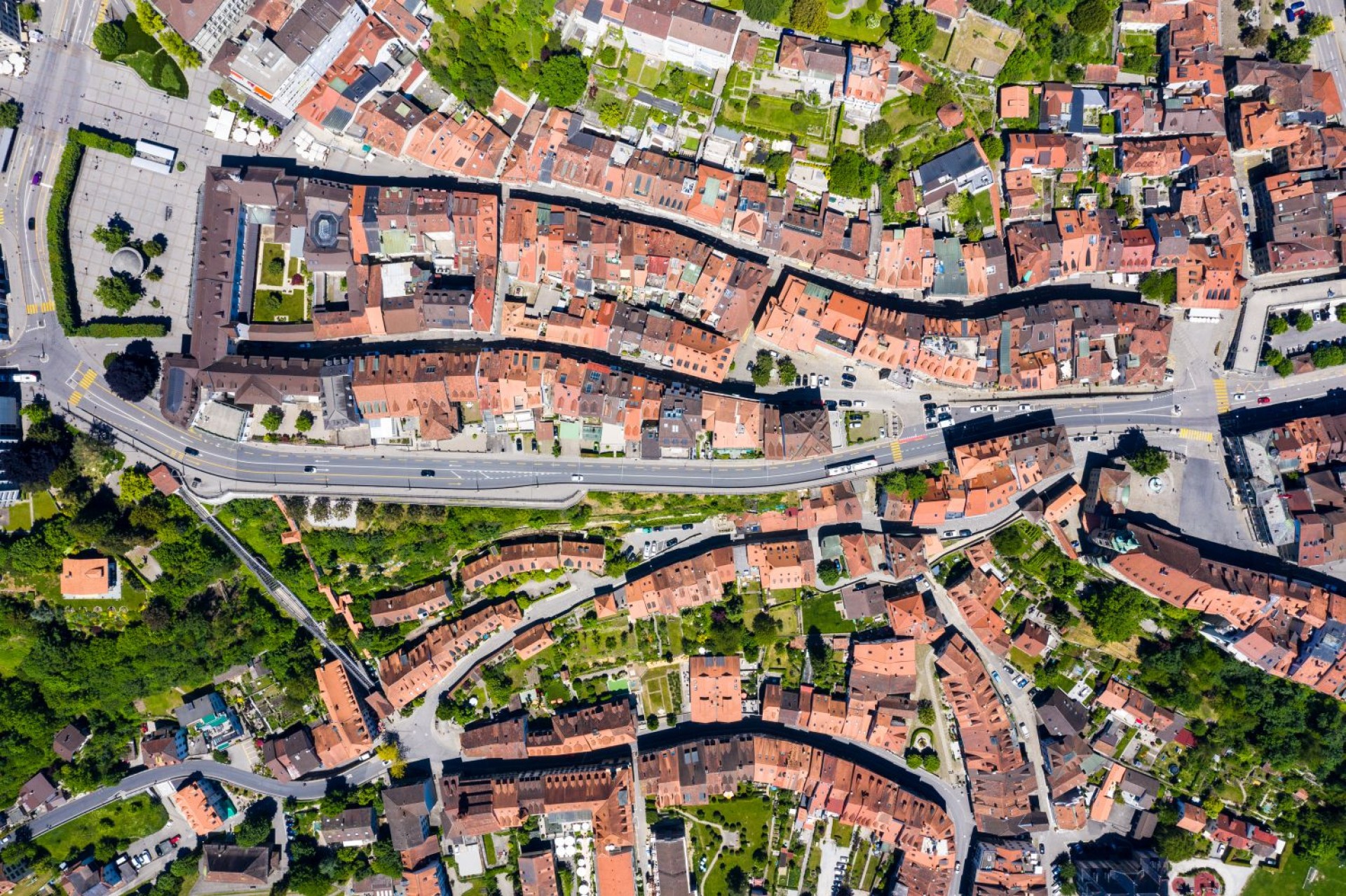
Territories and Mobility
Planning and strategies
Adapting territories to the social, environmental, and economic challenges related to mobility requires an ambitious vision and coherent actions from public stakeholders. We see every planning initiative as a unique opportunity to co-create an integrated mobility strategy with local actors, addressing critical issues such as social equity, climate emergency, resilience, and sustainability.
Our commitment is based on proven methodologies tailored to the specificities of each territory:
- A comprehensive and forward-looking approach: Anticipating future challenges, while ensuring a coherent vision aligned with local ambitions.
- Technical expertise serving added value: Optimizing proposed solutions to maximize the positive impact of strategic choices.
- Listening, consultation, and pedagogy: Involving stakeholders and facilitating decision-making through clear and structured communication.
- Mastery of regulatory and operational frameworks: Ensuring the feasibility of actions in a way that respects institutional and financial constraints.
Key projects
Suisse
2023
Local knowledge, international expertise
Our main references since 2015, georeferenced
Contact
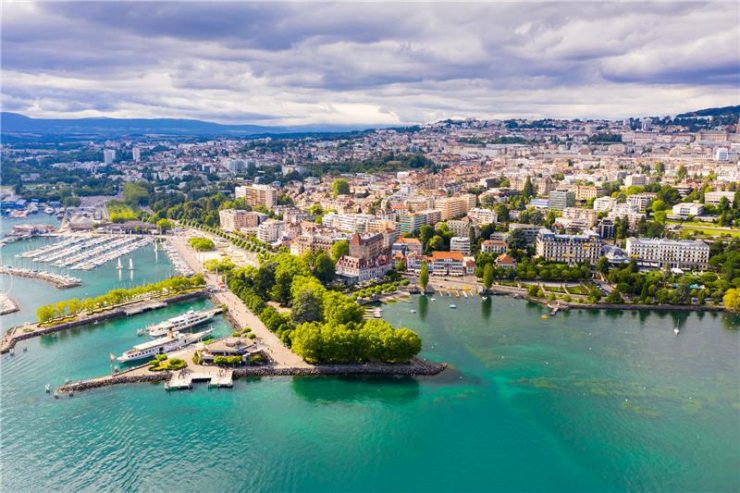
Your contact
Lausanne
Avenue Auguste-Tissot 4
1006 Lausanne
Switzerland
+41 21 652 55 55
SERVICE
Multimodal Access
